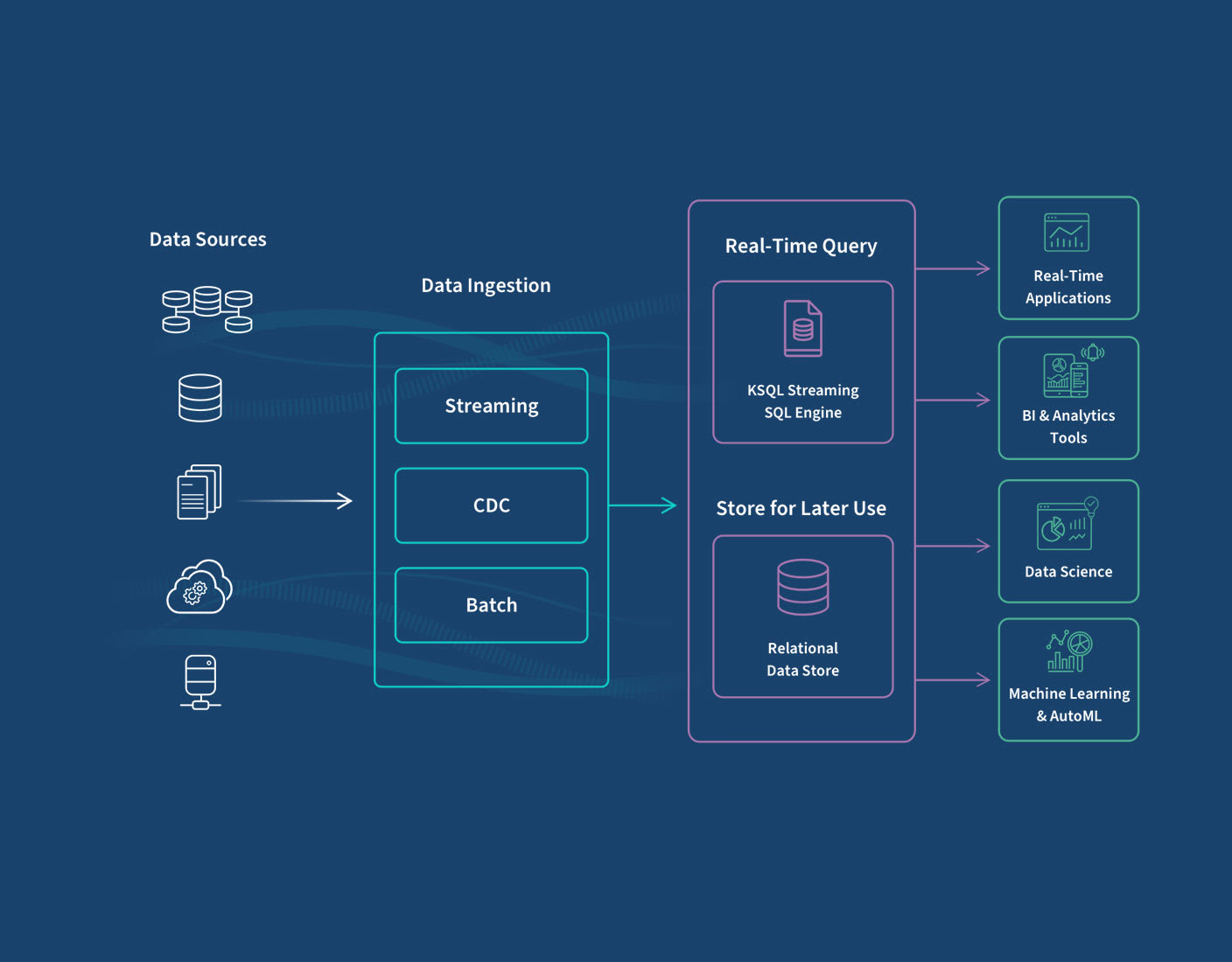Data Ingestion
(2025-08-27T17:29.930Z)
Perplexity Query
(2025-08-27T17:29
.930Z)
Question:
Write a comprehensive one-page article about "Data Ingestion".
Response from sonar-pro:
Unlocking the Power of Modern Data Management
Introduction
Data ingestion is the process of collecting and importing data from a variety of sources—such as databases, APIs, sensors, or files—into a centralized storage or computing platform, where it can be further processed and analyzed.
[gtaev7]
[d5cx71]
In today’s digital landscape, data ingestion is a foundational step for organizations seeking to derive value from rapidly growing volumes of data, making timely insights and analytics possible.
[gtaev7]
[x5vs75]

Main Content
At its core, data ingestion is about transferring raw data from disparate sources into a unified system for storage and analysis.
[gtaev7]
[d5cx71]
[j5fpm8]
This could involve moving sales records, sensor readings, website logs, or social media content from original locations into data warehouses, lakes, or real-time analytics platforms. There are three primary approaches to data ingestion:
- Batch ingestion, where data is imported at scheduled intervals, suited for periodic reporting and analysis.
- Real-time ingestion, ideal for applications needing up-to-the-minute insights, such as financial trading or live user activity monitoring.
- Streaming ingestion, used for continuous flows of data, like IoT sensor networks or clickstream analytics. [x5vs75]
Practical examples highlight the diversity of data ingestion use cases. E-commerce companies integrate marketing, sales, and customer service data to create a full view of customer behavior, improving personalization and inventory management.
[d5cx71]
[j5fpm8]
Manufacturers ingest sensor data from IoT devices on factory floors to optimize operations and enable predictive maintenance.
[x5vs75]
Financial institutions collect live transaction data for real-time fraud detection and compliance monitoring.
[x5vs75]
The benefits of effective data ingestion are extensive:
However, there are also significant challenges to address.
[gtaev7]
Organizations need to manage data format variability, source reliability, integration complexity, and ensure robust security and compliance throughout the ingestion process. Poorly managed ingestion can lead to data quality issues, operational inefficiency, or even security risks.

Current State and Trends
The adoption of data ingestion solutions is widespread and accelerating, driven by the demands of big data, cloud computing, and advanced analytics. Modern tools such as Fivetran, Confluent, and cloud-native ingestion platforms are recognized for their ability to automate and scale ingestion pipelines effectively.
[j5fpm8]
[x5vs75]
Emerging trends include AI-powered automated data mapping, the adoption of streaming platforms for real-time analytics, and a shift towards low-code and no-code ingestion solutions for greater accessibility to non-technical users.
[2xwrwl]
[x5vs75]
Recent years have seen the integration of machine learning into data ingestion workflows for anomaly detection and smarter data validation. Leading cloud providers including AWS, Azure, and Google Cloud continue to expand ingestion services, providing organizations with tools that reduce complexity and accelerate time-to-value.
[x5vs75]
Future Outlook
The future of data ingestion will likely emphasize greater automation, with AI and machine learning further streamlining data preparation and quality assurance. As data volumes and velocity continue to grow, organizations will increasingly rely on ingestion technologies that can handle high throughput and complex data types. Enhanced real-time analytics, edge computing integration, and ever-more privacy-aware ingestion pipelines are poised to transform how businesses react to new information and leverage data for competitive advantage.

Conclusion
Data ingestion is a cornerstone of modern data strategies, enabling organizations to tap into the full potential of their information resources.
[gtaev7]
[d5cx71]
[x5vs75]
As technologies evolve, those who master the art of efficient, secure, and agile data ingestion will continue to lead in innovation and insight.
Citations
[gtaev7] 2025, Aug 27. What is Data Ingestion? Definition & FAQs. Updated: 2025-08-27
[d5cx71] 2025, Apr 30. What Is Data Ingestion? Benefits & Best Practices. Published: 2025-04-30 | Updated: 2025-04-30
[j5fpm8] 2025, Jun 16. Data ingestion definition, types and challenges. Published: 2023-03-27 | Updated: 2025-06-16
[2xwrwl] 2025, Aug 26. Data Ingestion: Types, Tools, Benefits & Use Cases (NEW). Published: 2023-07-02 | Updated: 2025-08-26
[x5vs75] 2025, Aug 19. Data Ingestion: An Introduction to Data Collection and .... Updated: 2025-08-19